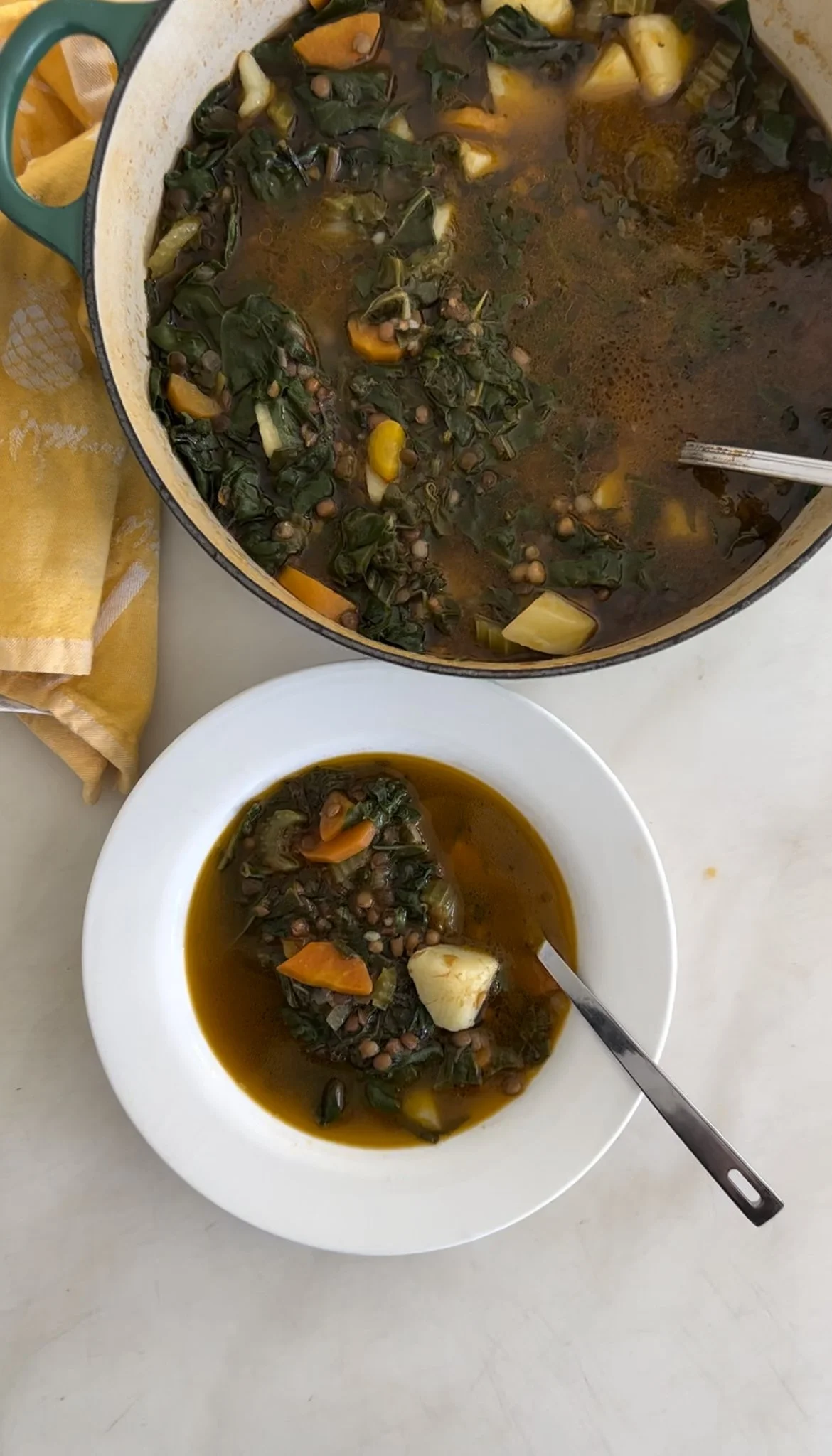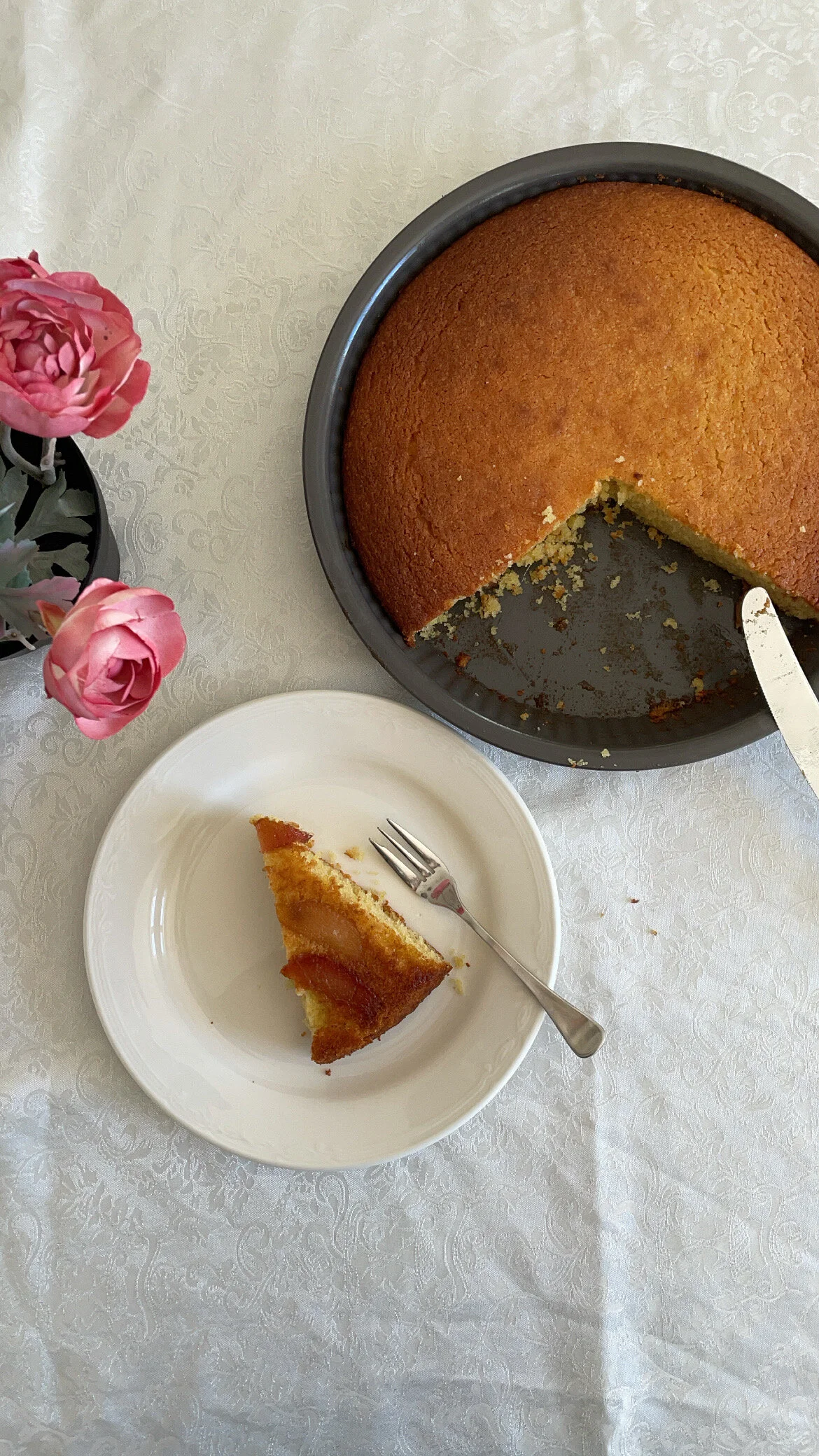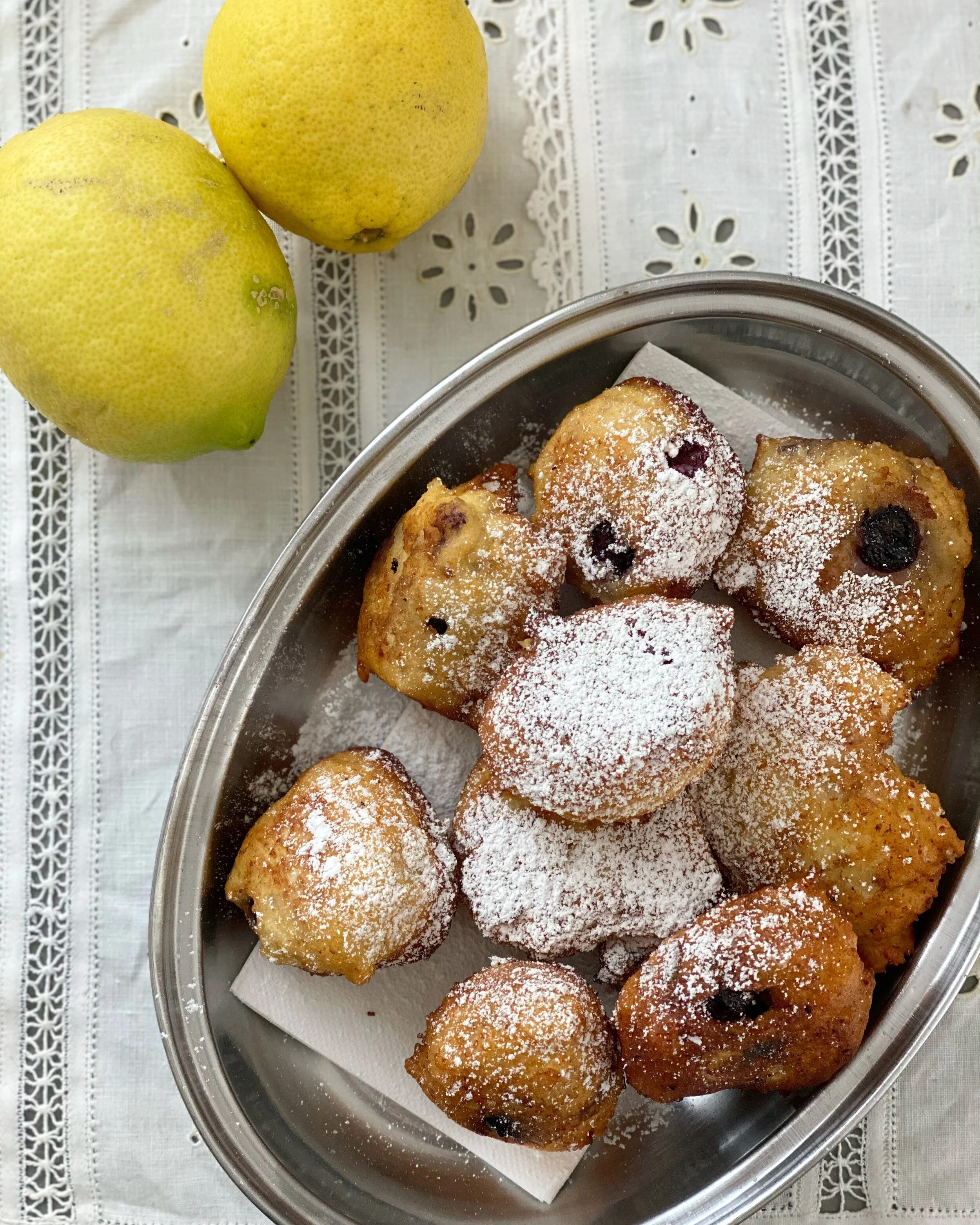Written by Gabriela Prioetti
A journey to and from Italy: Then and Now
Italy: the land of delectable food, pristine coastlines, snowy mountain caps, romantic language, and mesmerizing dialects—one may say this country seems to offer it all. But what about 100 years ago?
A short history lesson
It wasn’t until 1861 that most of the Italian peninsula was united. It became the Kingdom of Italy ruled by Victor Emmanuel II hailing from Sardinia and was named the King of Italy. Before that, Italy was divided into smaller states, far from being anything close to united. But a more important date to pay close attention to is June 10, 1946, when the short-lived Italian Monarchy was overthrown and the Repubblica Italiana (italian Republic) was born. But this was not an easy feat. Between World War I and World War II, Fascist ruling, a dictatorship, country, language confusion, heritage division, and territory destruction, those years between the monarchy and liberation were far from what us Italy lovers experience now, AKA la dolce vita.
Then
So, what were these Italian people forced to do? Find life elsewhere. There were two waves of one of the largest voluntarily emigrations ever recorded in world history, commonly known as the Italian diaspora. The first wave began in the late 1800s continuing into the first four centuries of the 1900s, estimating that more than 13 million Italians voluntarily left Italy, escaping extreme poverty and fascism, especially those hailing from the south (think Sardinia, Sicily, Calabria, and Campania). These populations were mostly peasant farmers or poor city-goers who didn’t see much light at the end of the tunnel. The second wave began shortly after the war, continuing until the early 1970s. It is estimated that over the century, more than 25 million were living outside the country. But, where did they all go?
Argentina and Brazil quickly became two of the most popular destinations for migrants to settle (still to this day, Brazil and Argentina have the largest Italian populations outside of Italy in the world!). Other countries included America, specifically cities close to Ellis Island, including New York, Boston, Philadelphia, and New Jersey, and Canada. After the war, migration was seen heavily in northern European countries like Belgium, Switzerland, Germany, and France. Despite where these immigrants ended up, building a new life was far from easy. Most faced harsh working environments, cramped, unkept living conditions, and prejudices. But as we say in Italian piano piano (slowly slowly), those Italian immigrants created life in big cities and began to integrate themselves into their new home and society thanks to a lot of determination and patience (patience).
Now
Today, over 80 million people around the world claim to have some type of Italian ancestry, i.e. full Italian heritage or partial Italian Heritage, and over 5 million Italian citizens live outside of the country. So we could say that history seems to repeat itself, but these 5 million citizens didn’t choose to leave due to war-stricken lands. But, there is still a fine line between job opportunities and sustainable living wages here in The Boot. As of 2023, the average yearly salary in Italy is just over 30,000 euros (around 2,500 euros a month) and this is some of the highest it has been in the 21st century. Although you may be thinking after a recent trip to Italy that the cost of living is more reasonable compared to big cities like New York and Sydney (sure, you may be on to something), the cost of rent and food prices are rising, the job market is slow, and pay is steadily staying the same. So it is no wonder that more and more giovani (youth) are deciding to pack up and say goodbye when an industrial, economic city like Milan isn’t cutting it anymore. Let’s not forget that nearly 25% of Italy’s population is made up of people over the age of 65, one may say anziani (elderly).
That being said, there’s no denying how much population change our beloved Italy has faced over the decades and in recent years. What do you think the faces of Italy will be like in the next ten years? Are we in the midst of the country’s third wave of Italian diaspora? Let us know in the comments below!



























